We’ve attempted this folly before. Almost exactly two years ago, three fearless – or should that be naïve? - Autocar staffers set out to climb Ben Nevis in Scotland, Scafell Pike in England’s Lake District and Mount Snowdon on the north-western corner of Wales all within 24 hours. You may already know this as the Three Peaks Challenge, and the numbers are plain scary: 23 miles of walking including 10,052ft of ascent.
Linking the lactic acid is almost 500 miles of driving, and to amplify the task at hand our steed was the pure-electric Nissan Leaf. A leggy diesel would have dispatched that sort of distance without even a solitary visit to the pump. As it was, the Leaf gave us roughly 110 miles of range to play with, and that just wasn’t enough. Halfway up Scafell Pike – time, desire and knee joints having seeped away – Team Autocar threw in the towel.

And yet, the sentiment was that with more favourable traffic conditions, charging infrastructure a fraction less embryonic and greater driving range, an unlikely triumph for zero-emission motoring might just be on the cards. That two-thirds of the original team are back for another attempt in 2018 certainly hints at unfinished business, and despite the fact executive editor Matt Burt and photographer Luc Lacey have chosen, questionably, to gird their constitutions with Guinness and curry on the eve of their date with Nevis, we’re actually rather better prepared this time around.
We know which charging points we’ll have to hit and when, and for how long the car will need to remain tethered to maximise all- important ‘draw’. We’ve also been in touch with Chargemaster – the UK’s largest charging network, recently acquired by none other than BP for £130 million – and Ecotricity, which provides stations at motorway services nationwide, to take the pulse of the infrastructure we’ll need. Everything is ‘online’.

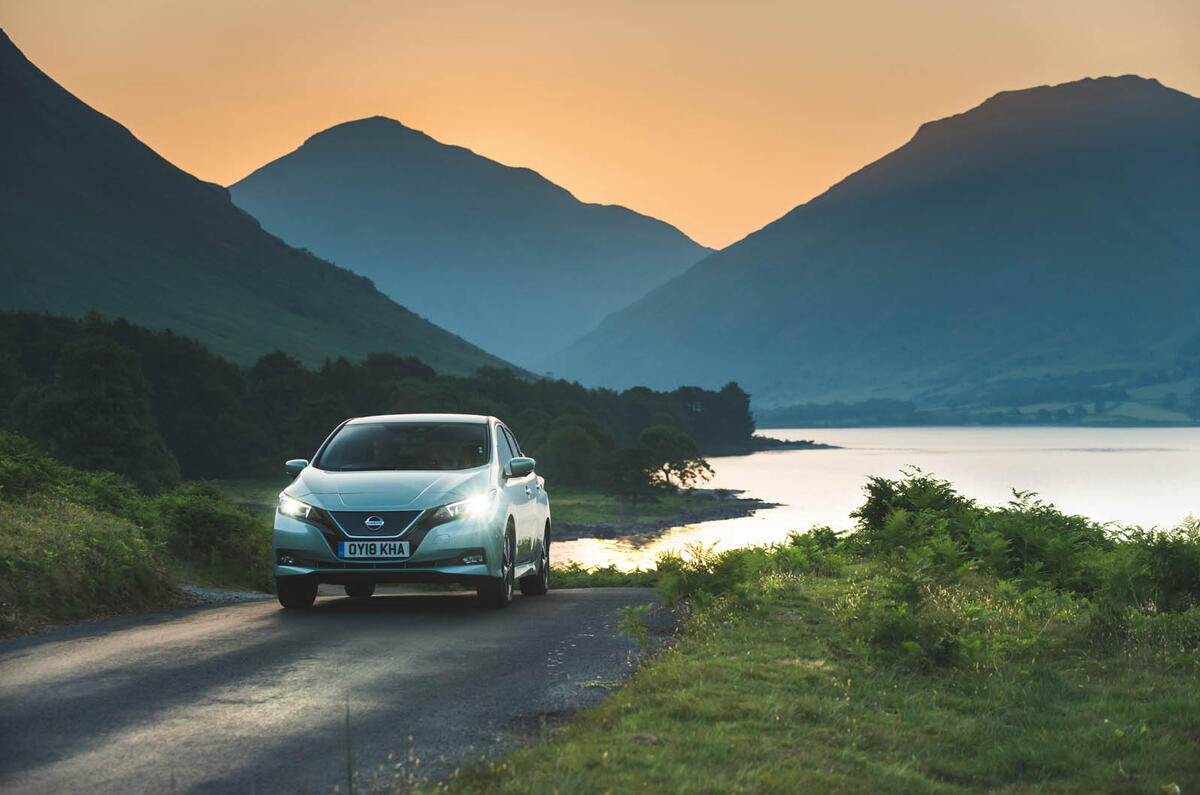
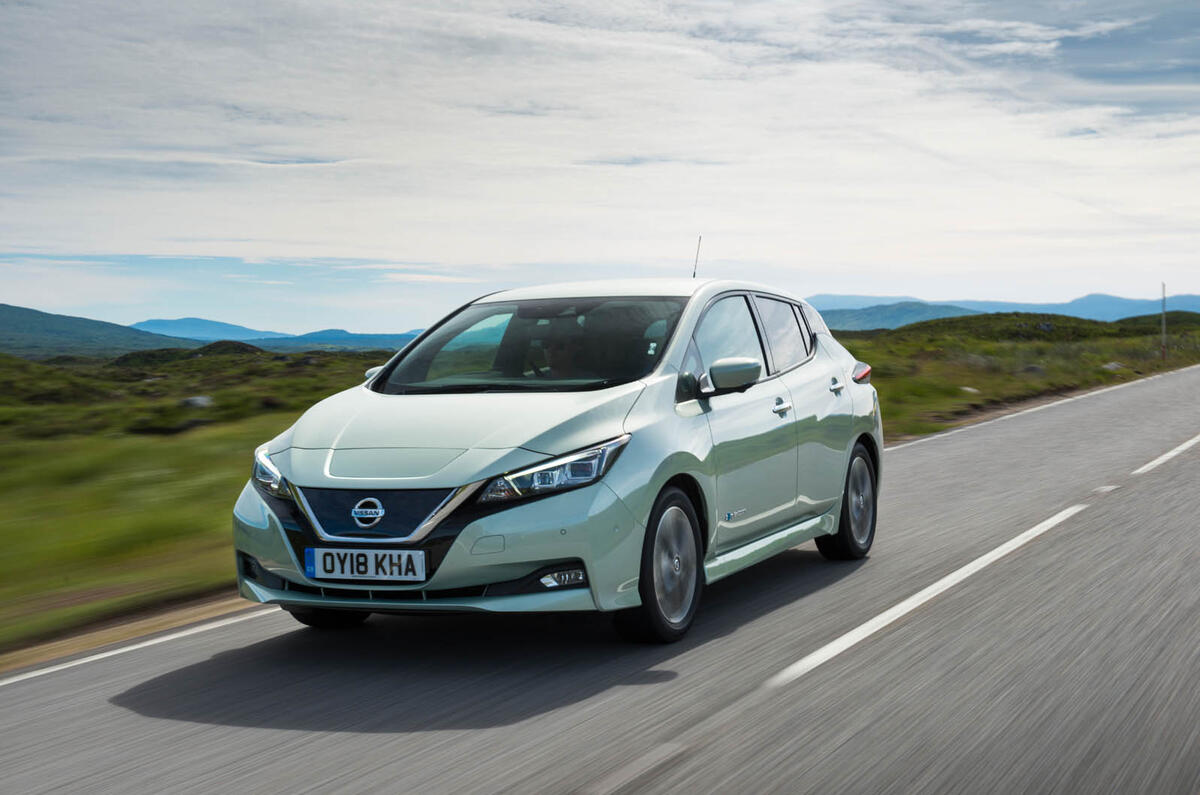
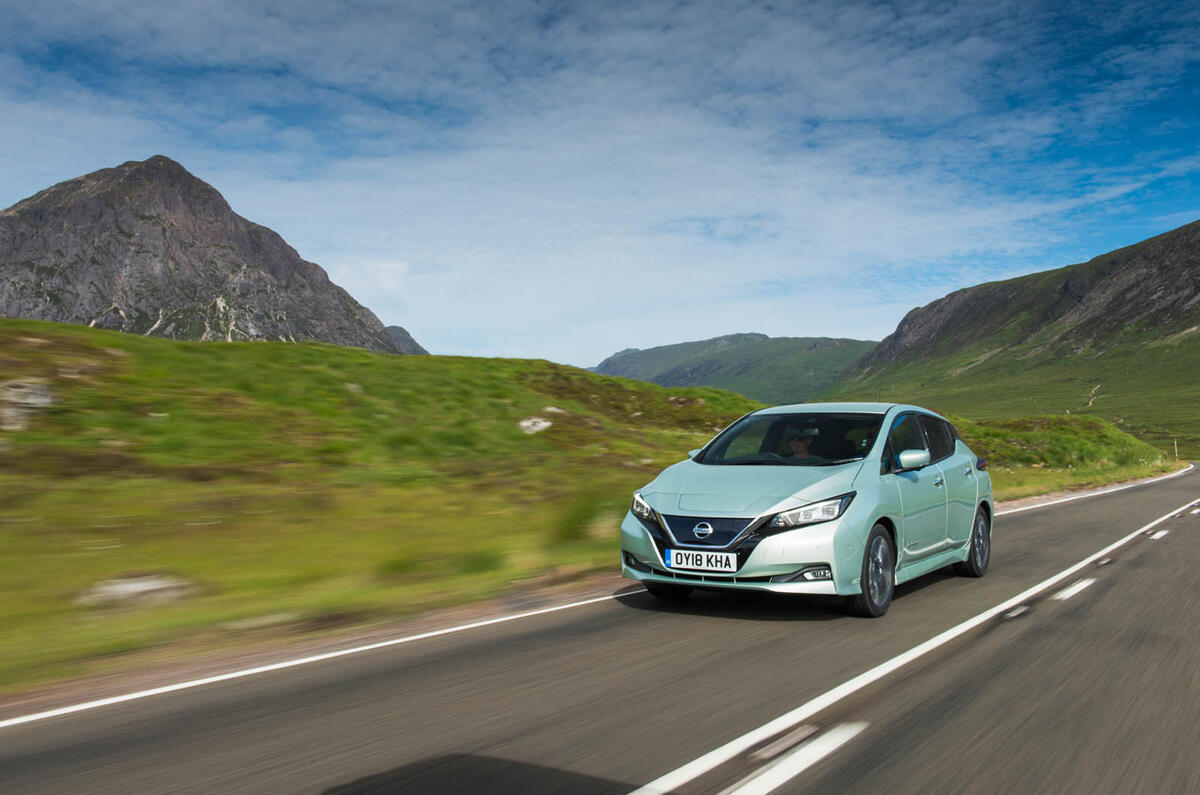
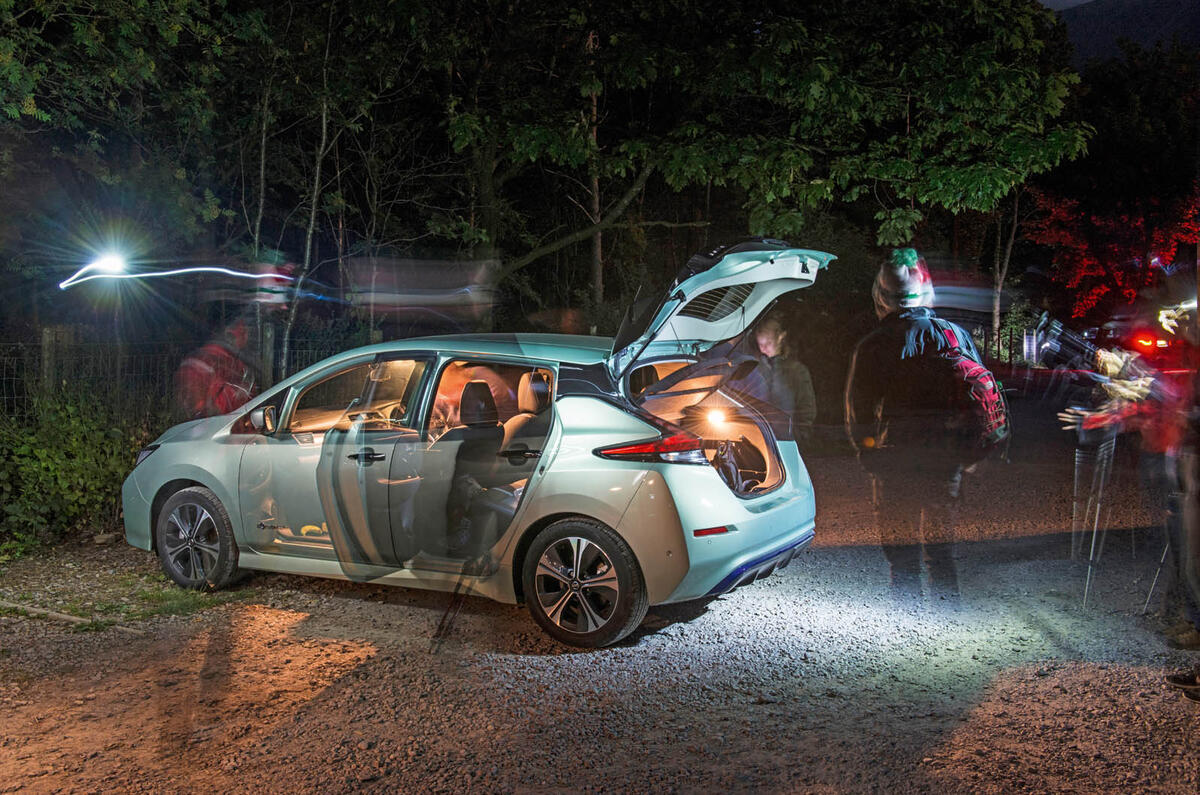
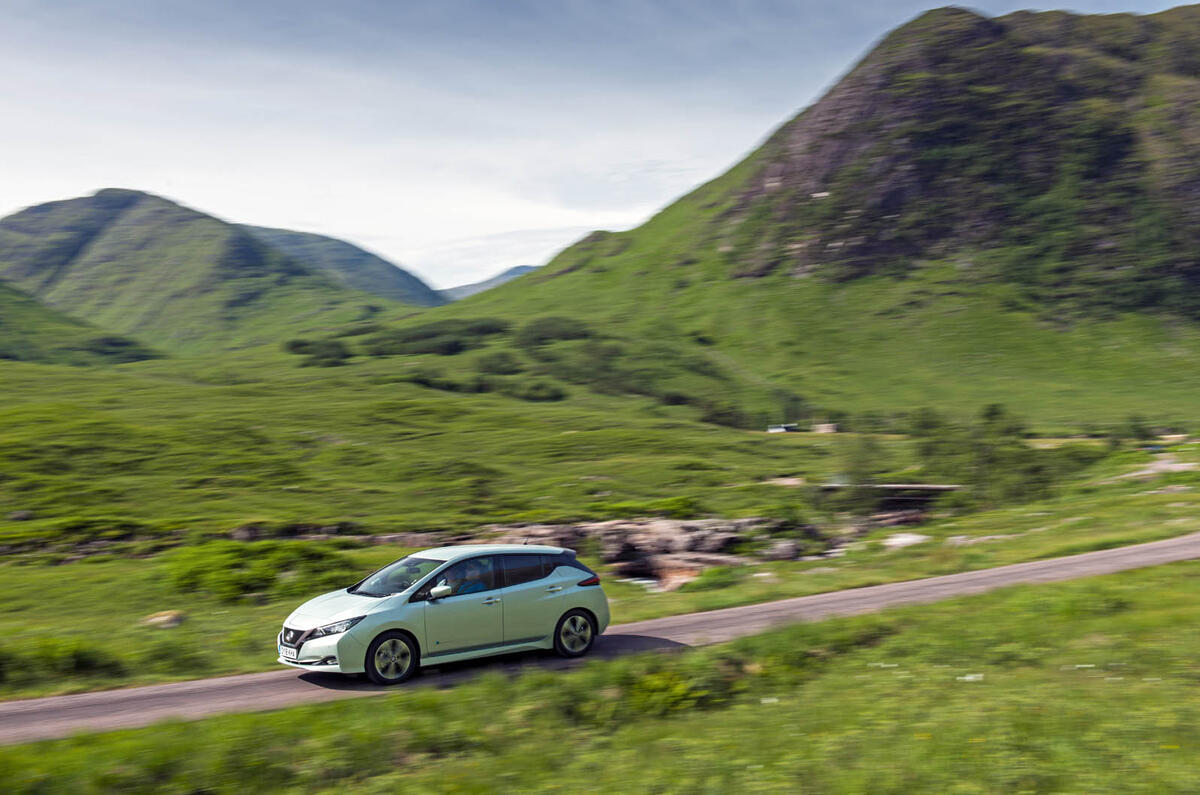


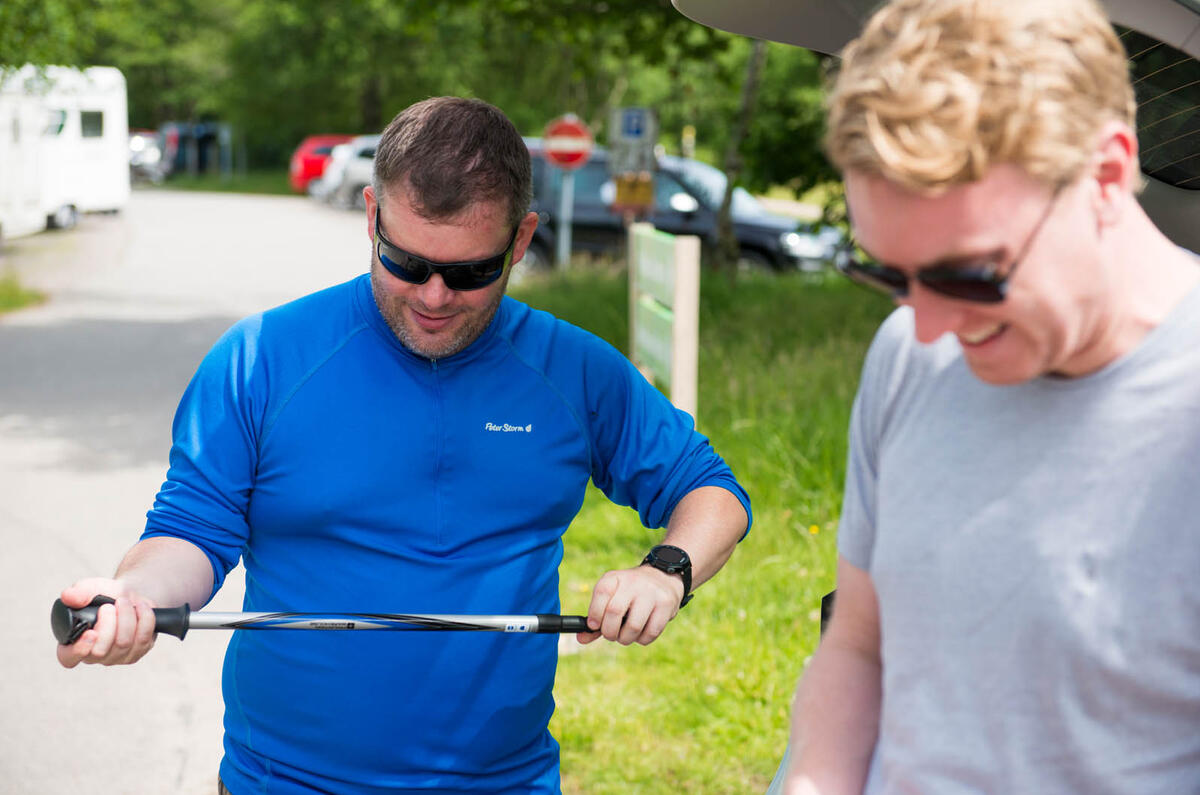
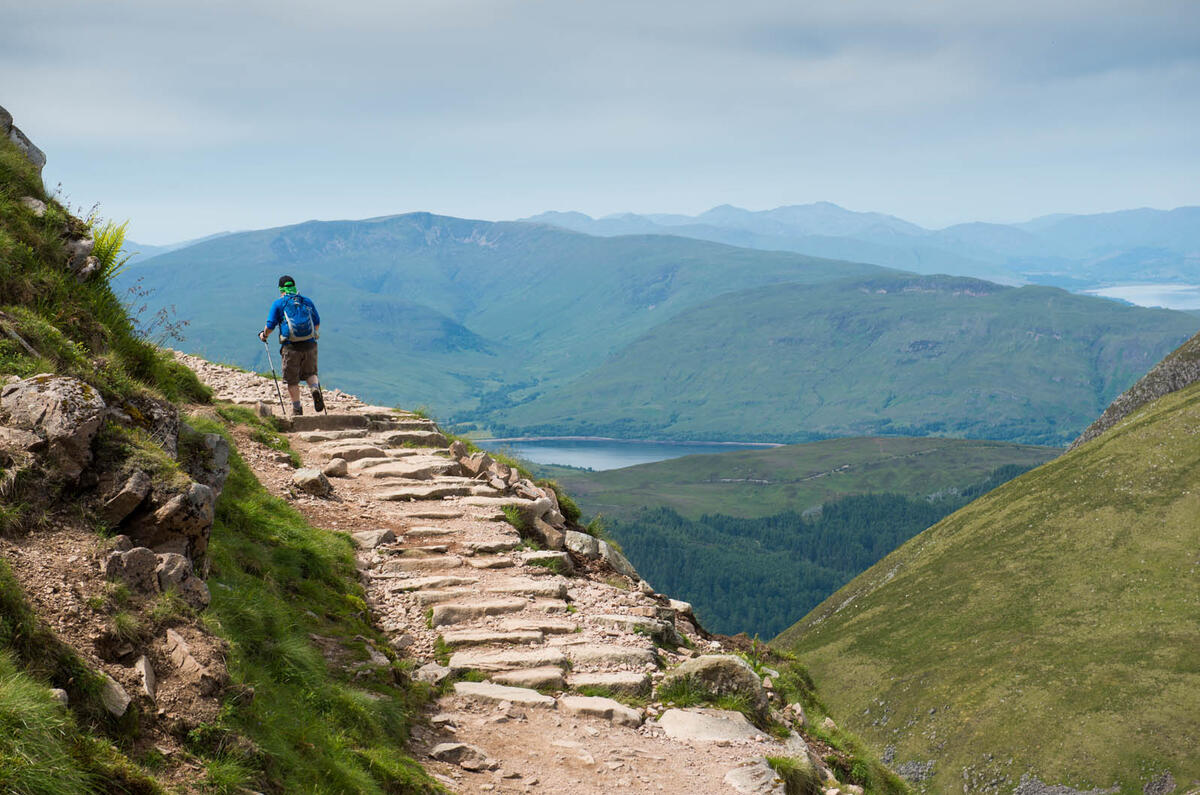

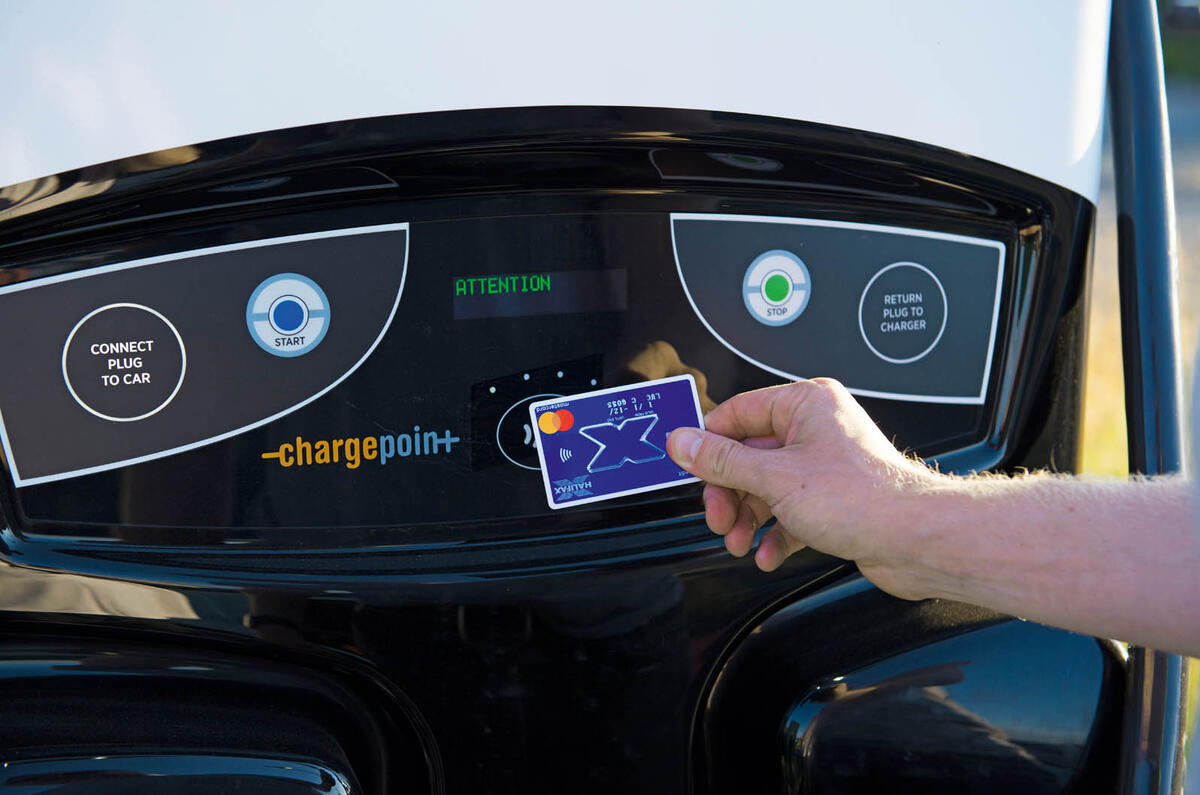
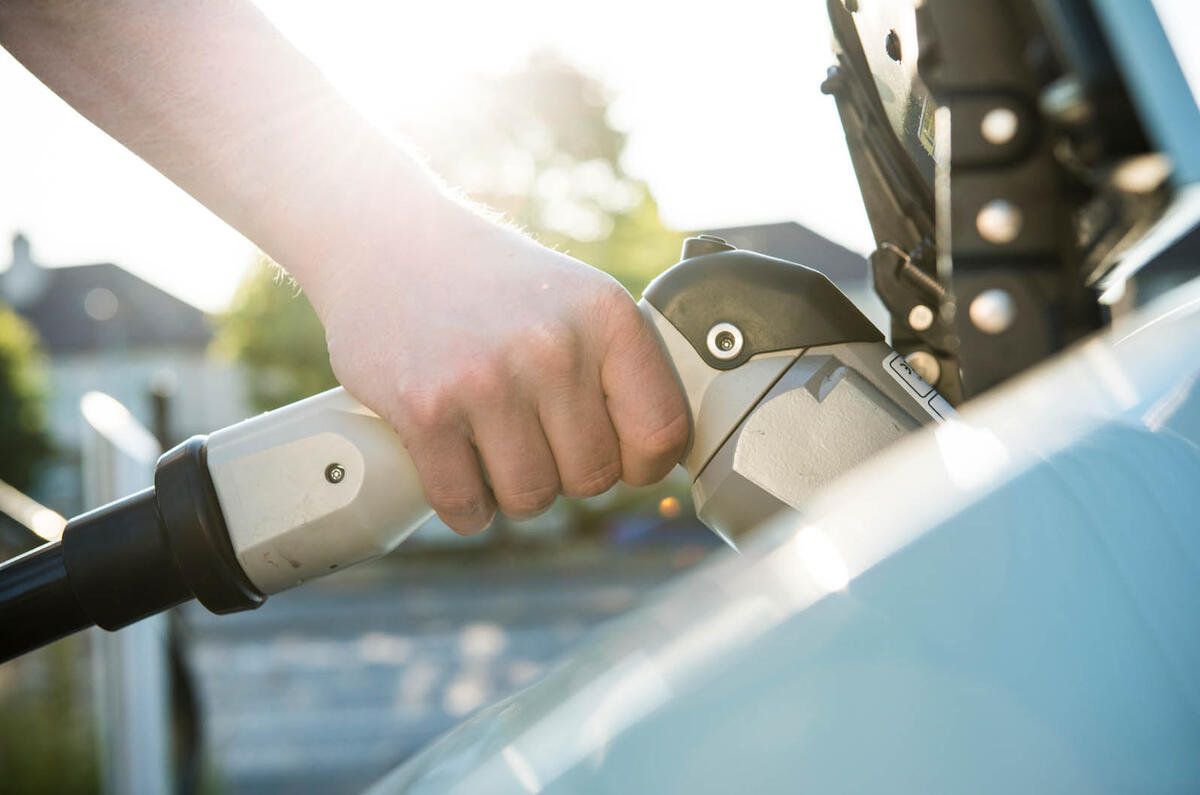
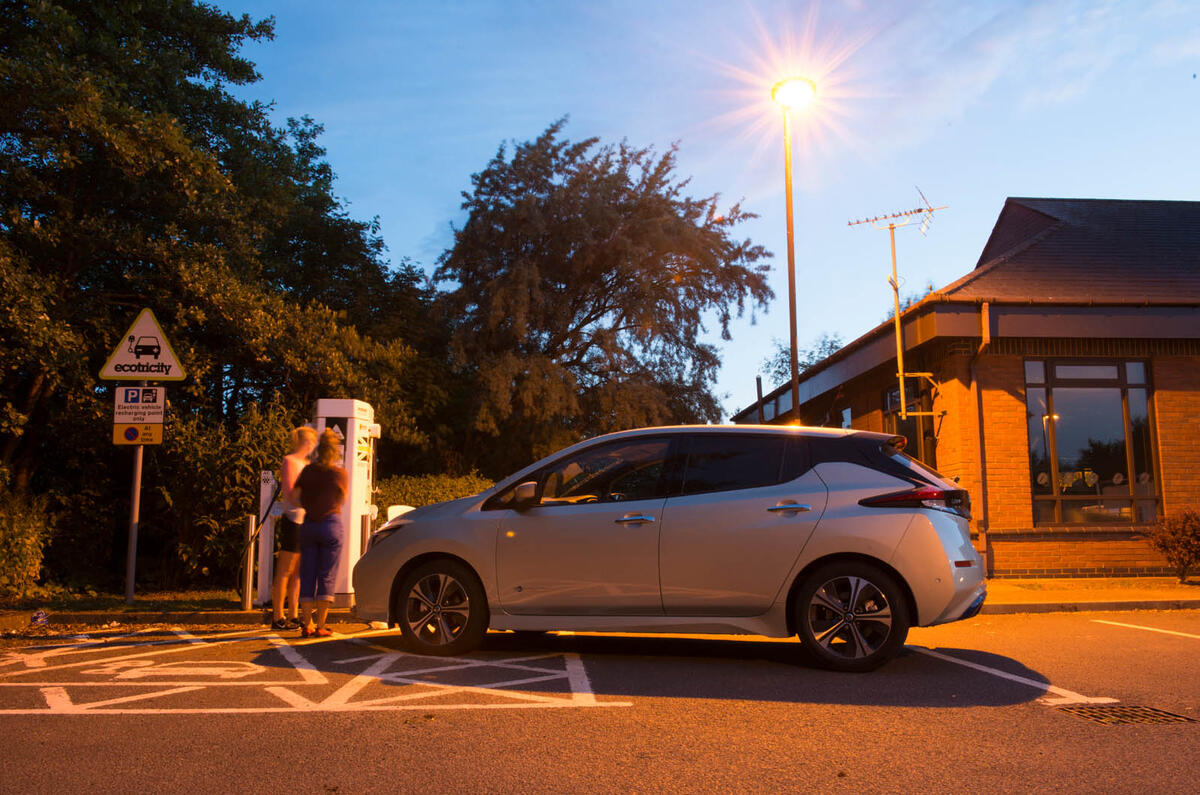
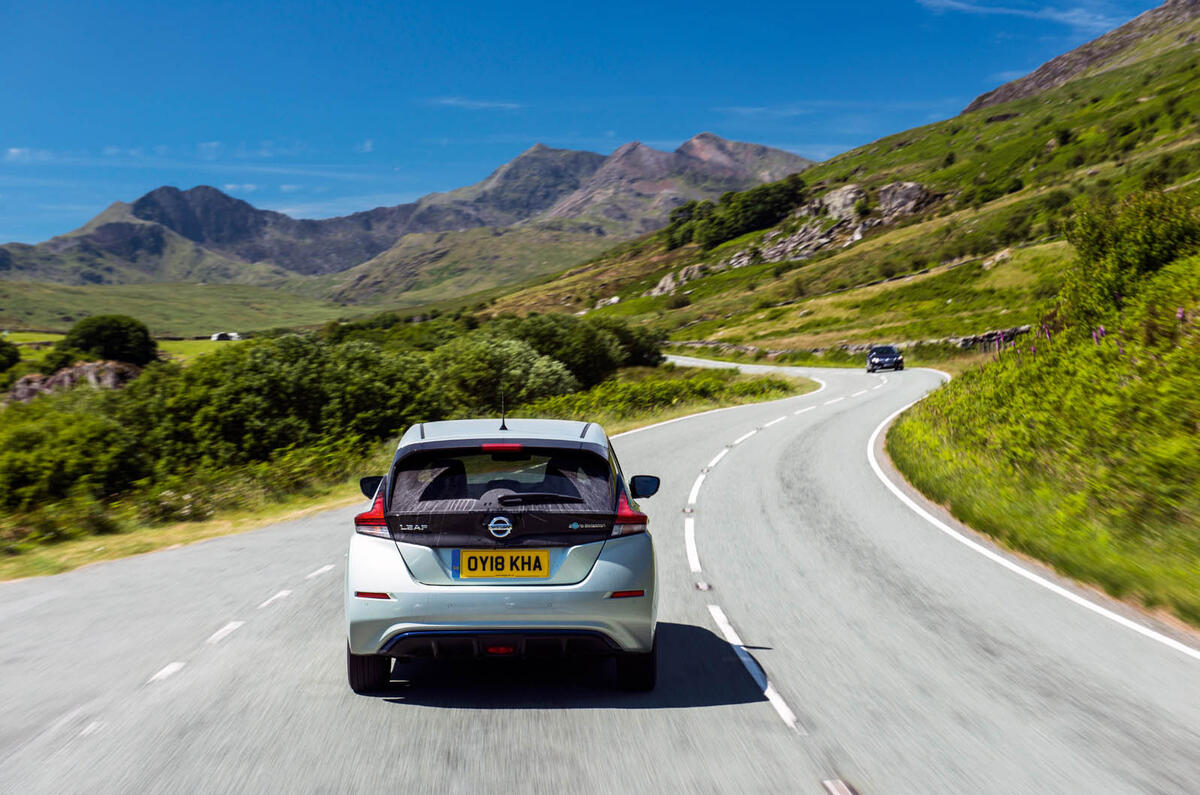



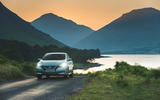

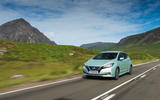
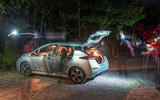
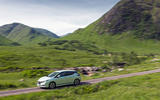
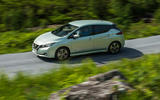
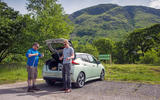



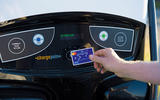
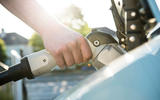

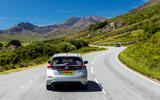

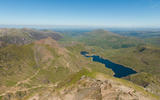


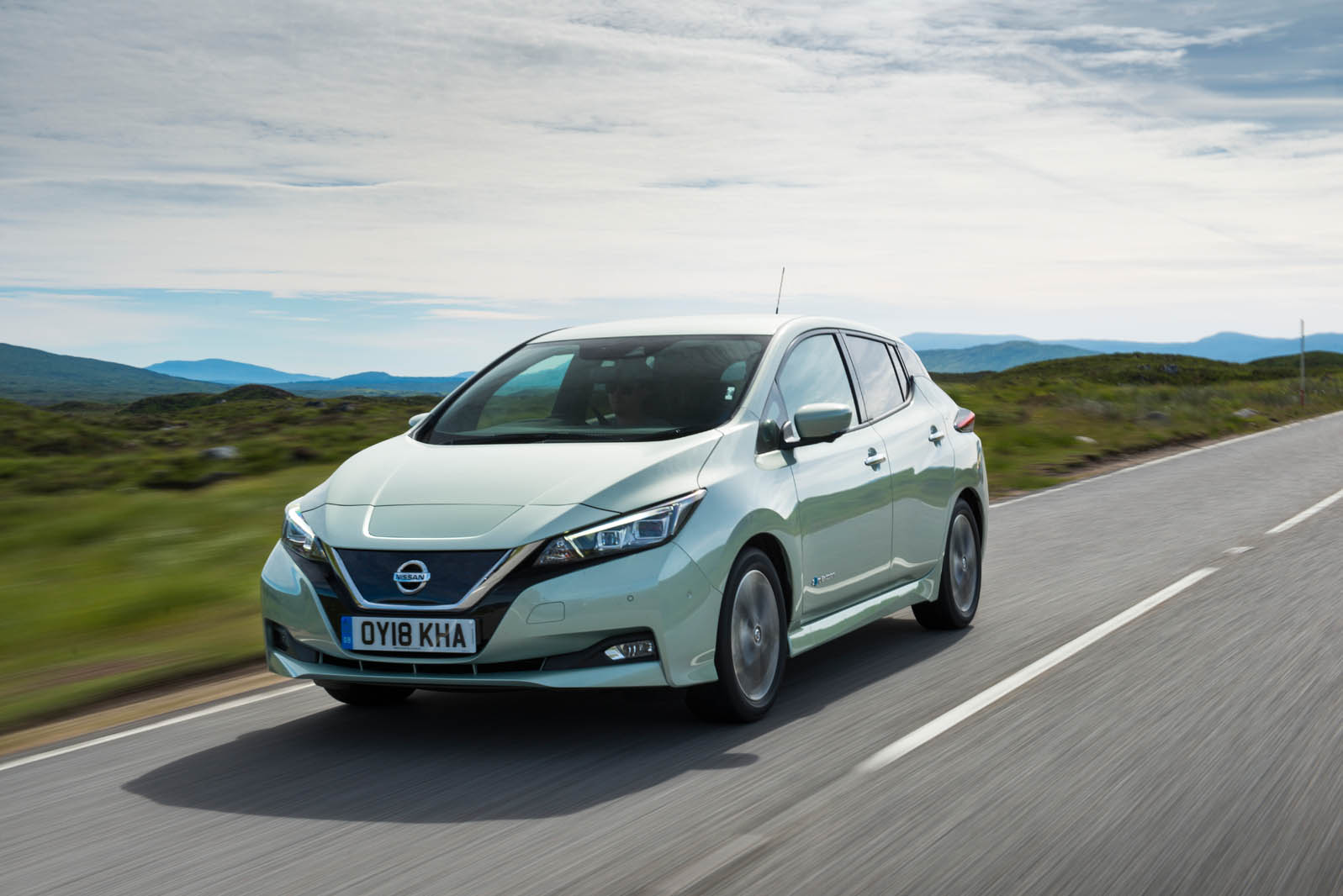
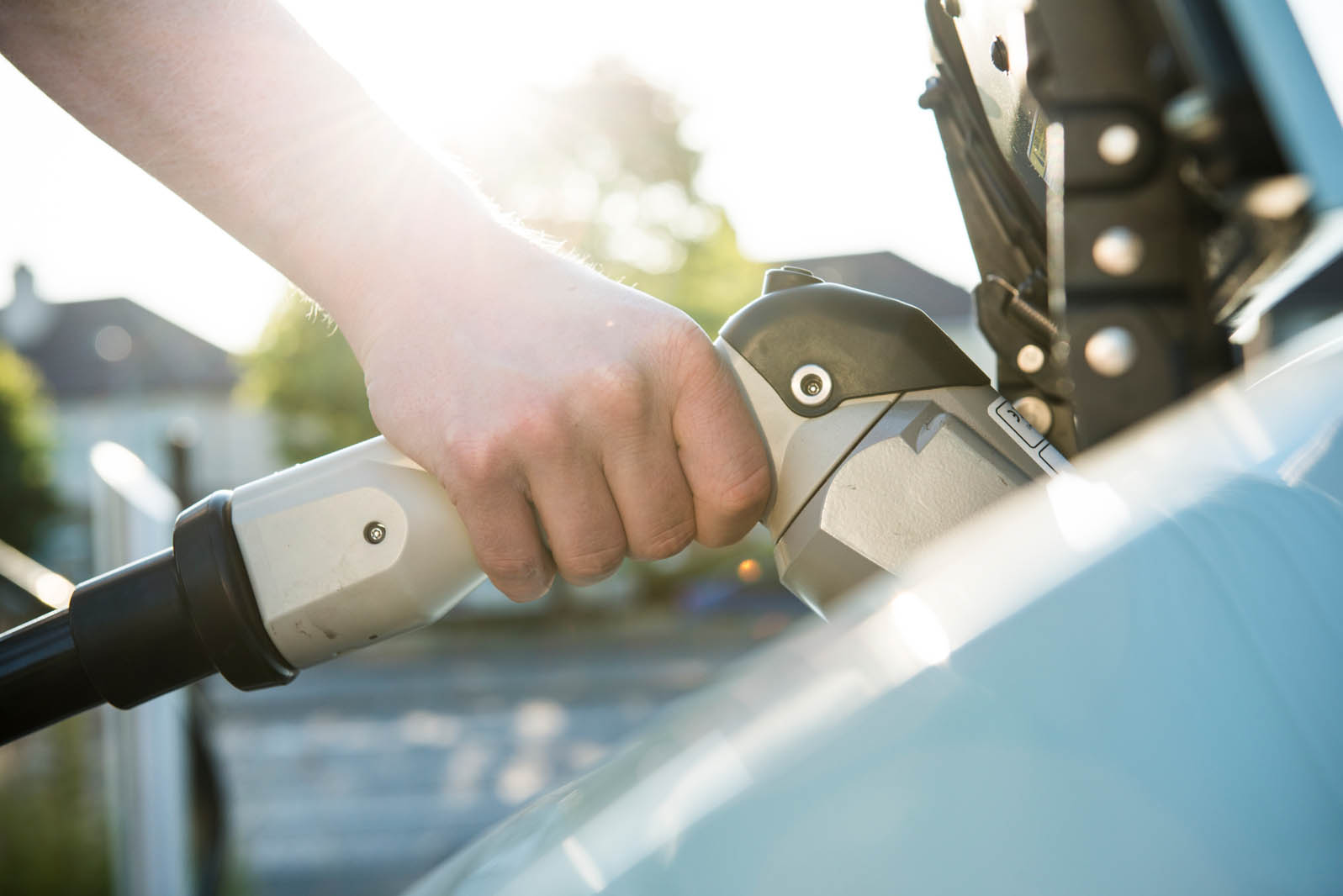
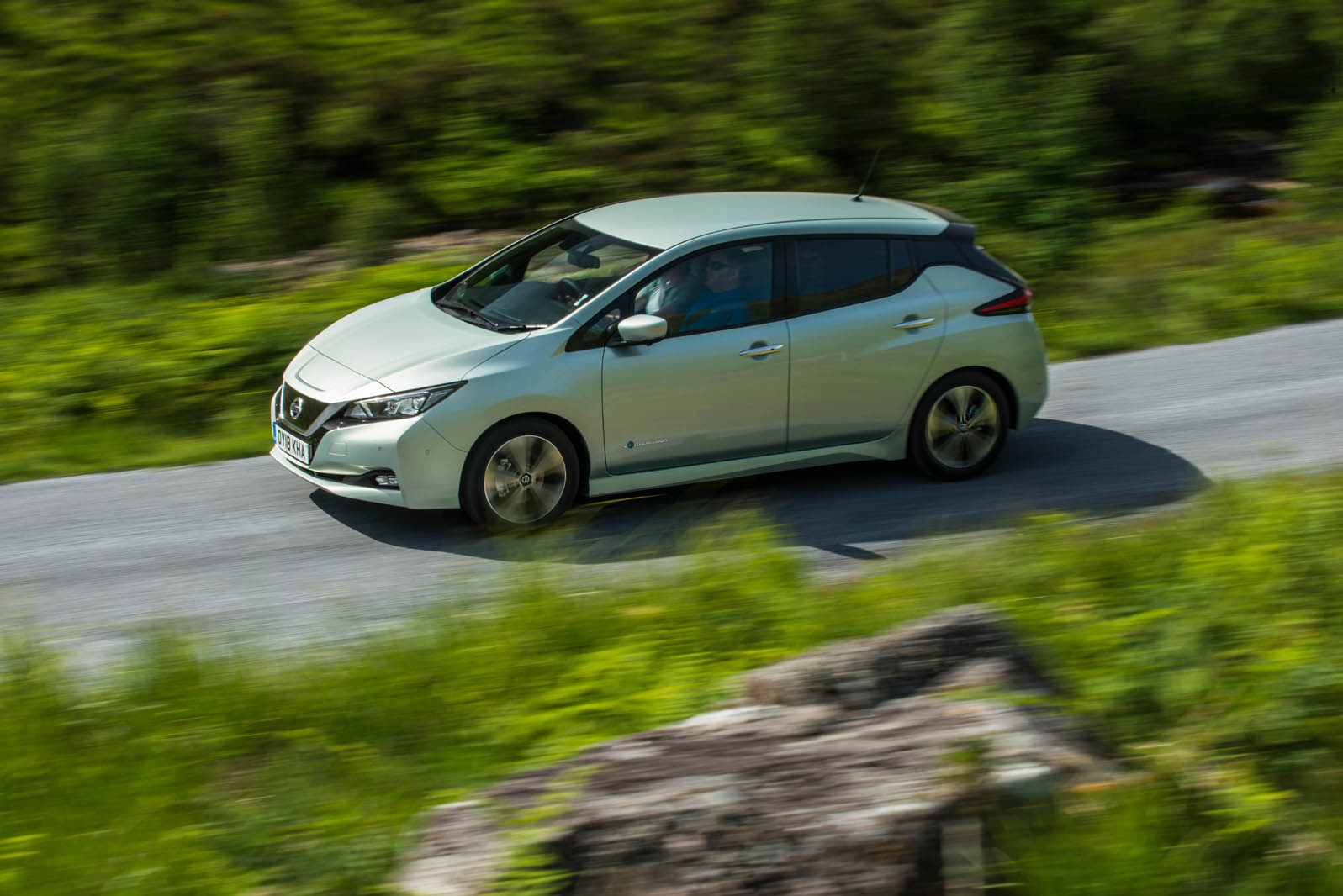
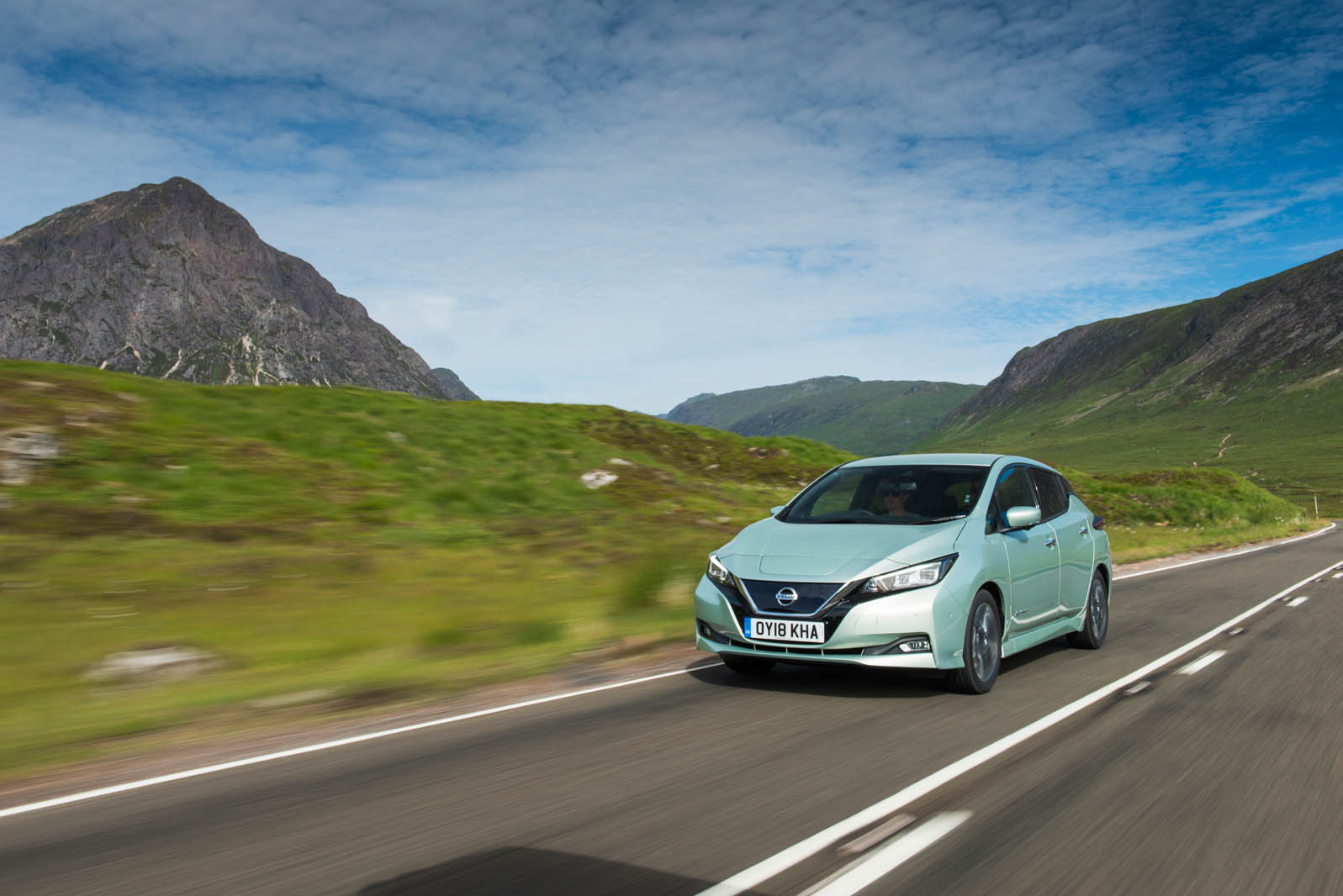
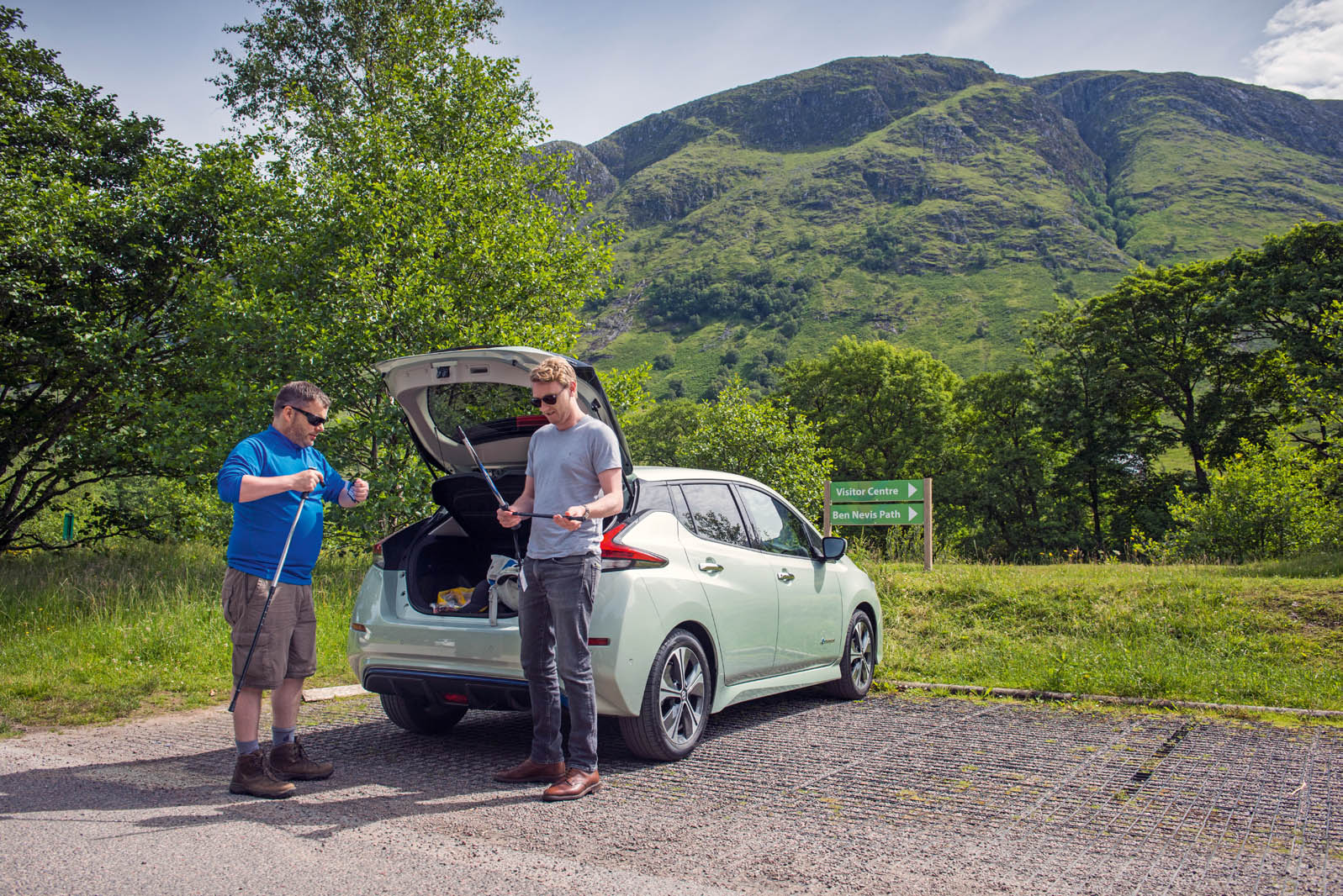
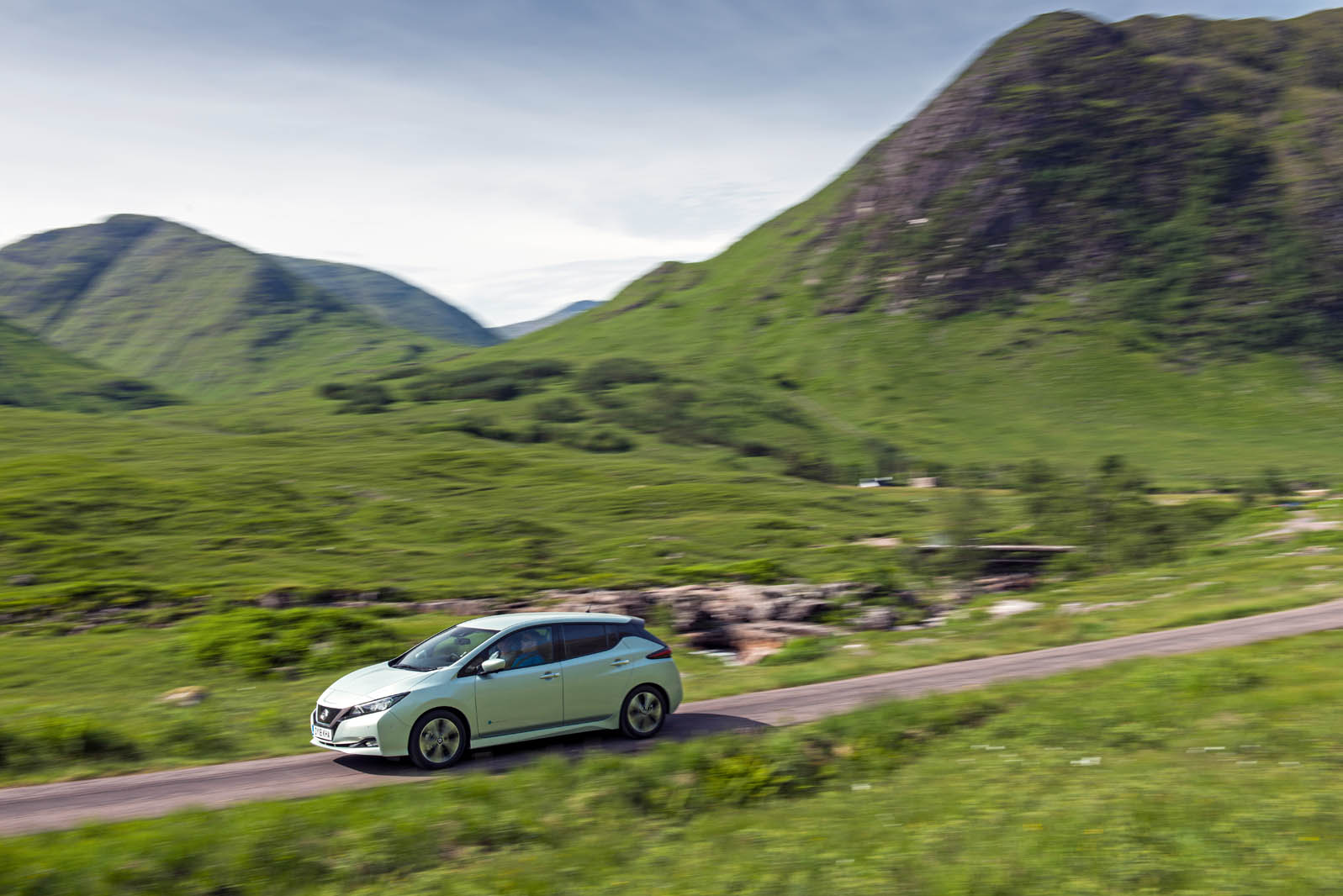
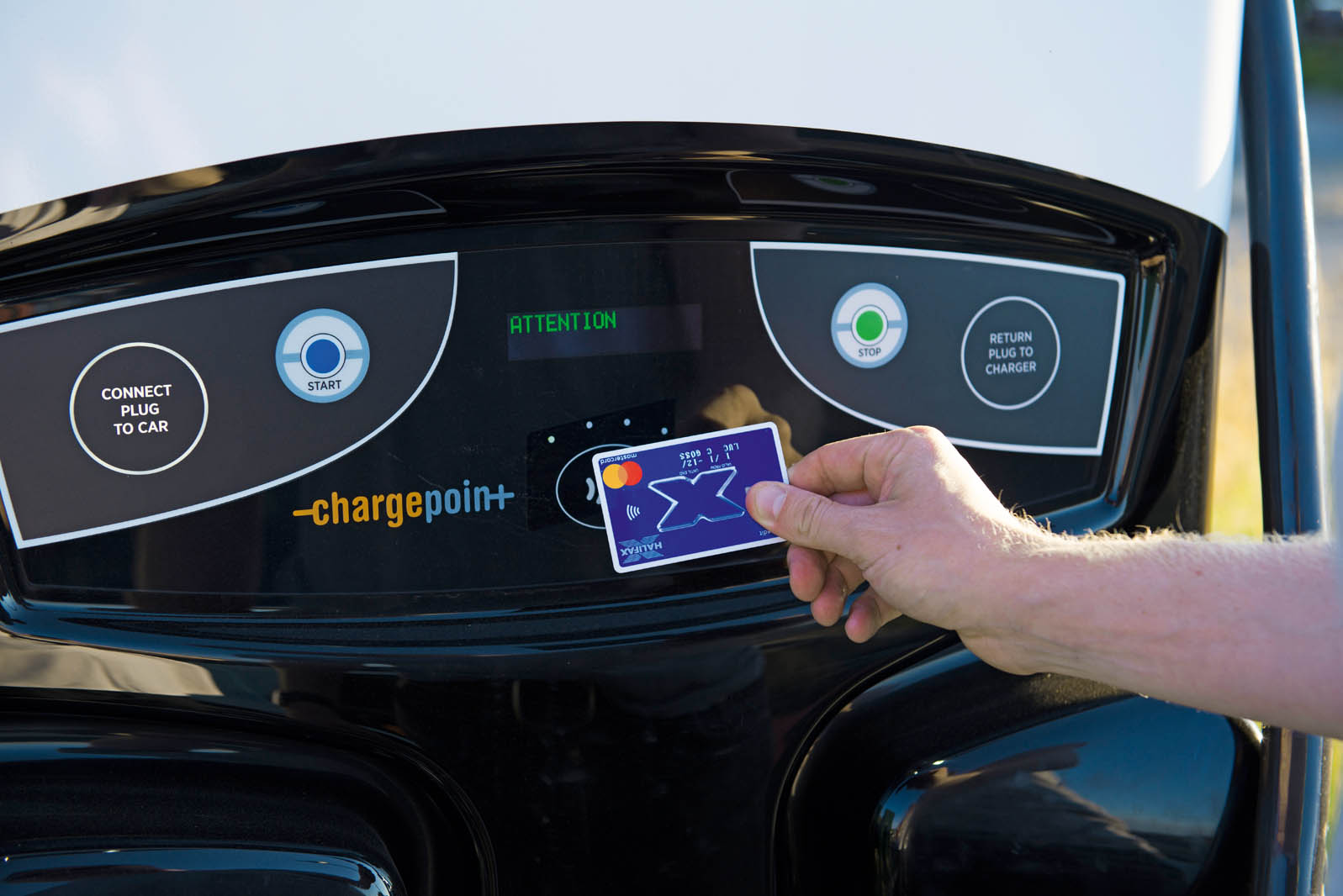






Join the debate
Add your comment
Detail
Article says the LEAF is "the world’s best selling electric car" pretty sure the BAIC EC and Model 3 sells more.
Would make a great vid
Autocar, I can’t help but think that you should be doing more video content. This is an interesting read but I feel as though this extravaganza lends itself perfectly to being either a single video or a 3-part mini-series.
Wrong County
The A595 and Scarfell Pike are in Cumbria, not Lancashire